This
is a pictorial of US WWII GI attire.
I got this from a Re-enactors website years ago as personal reference, and now don't recall who they were. If anybody can identify this outline, let me know.
Headwear
The M1 Helmet

The M1
helmet was adopted in 1941 and represented a helmet system which no other army
had. The system consisted of an outer shell made of manganese steel, and an
adjustable inner liner. The WWII
helmet has the rim edging seam in front or rear and has either welded (fixed)
chinstrap loops (bales) or hinged (swivel) loops. Early helmets featured a
stainless steel rim edging which shows shiny as paint could not adhere to it.
The liner is plastic with either khaki or OD webbing.
Jeep Cap
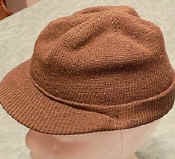

The
jeep cap was designed to be worn under the M1 helmet in order to make the
helmet fit snugly. GI's began to wear the cap as its own cover much to the
consternation of the high command.
Avoid late olive green caps. The proper color is olive drab 7.
= = = = =
= = = = = = = = = = = = = =
Clothing
The OD Wool Shirt
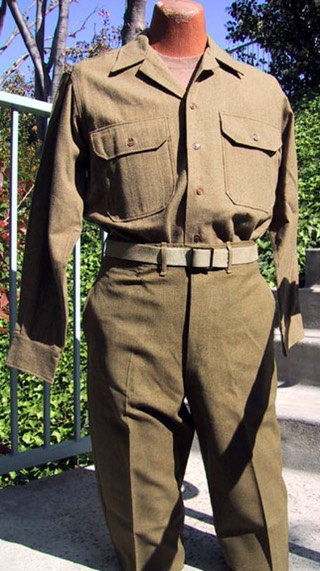
This is
the standard shirt worn by enlisted personnel. It is wool and without epaulets
(only officer's shirts had epaulets in WWII). It has two chest flap pockets.
There are two styles, one with a pleat running down the front, and one without.
Either is correct. Button color varies.
M1937 Wool Serge Pants
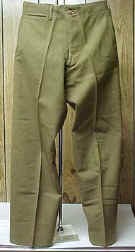
These
are the standard pants worn by enlisted men (EM). They are often referred to as
"mustard pants" because of the light brown color, although shades
vary by manufacturer. They feature two slash pockets, a watch pocket and two
back pockets. The EM trousers do not have flaps (officer's pants had a flap on
the left back pocket).
The "M41" or
Parsons Combat Jacket
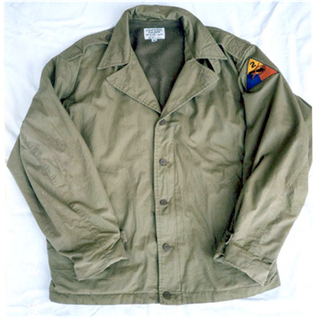
The
standard field jacket issued to enlisted and commissioned personnel during the
early war. This jacket can be worn for any European campaign impression. It is
light green in color, shows two slash pockets rarely with flaps, epaulets, and
a zippered front closure.
The M1943 Jacket
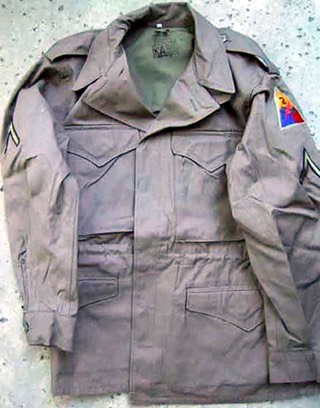
This is
the correct jacket for the mid-1944 to the end of the war impression. It is
made from OD cotton poplin with a sateen exterior, and shows two flapped breast
pockets and two flapped waist pockets. An inside drawstring adjusts the waist.
This is a highly useful jacket.
The OD Undershirt

Undershirts
were crew-necked and changed during mid-war from white to OD. A white crew neck
shirt is permissible for early war impressions, and the OD tank top shirt is
also permissible.
Web Belt w/Open Face Buckle
![]()
This is
the belt worn by enlisted personnel. It differs from the officer's belt. The
officer's buckle was a brass solid face with a friction lock..
The HBT Pants

HBT
pants can be early type with slash pockets or late type with bellows side
pockets. The side pockets are the most useful and are easier to find. All HBT's
should feature the 13 star metal buttons rather than plastic buttons.
The HBT Jacket or Shirt
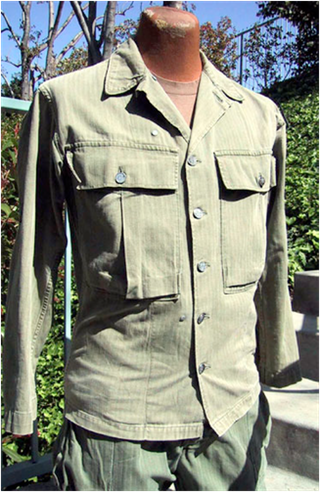
The HBT
(herringbone twill) uniform was the fatigue uniform of the Army. The uniform
could consist of the early type jacket, which was worn outside the pants and
had adjusters at the waist, or the twin bellows pocket HBT shirt worn inside
the pants. HBT's ran large for the size and were usually worn over the wool
uniform.
The HBT Coveralls (Required
for Tankers and Mechanics)
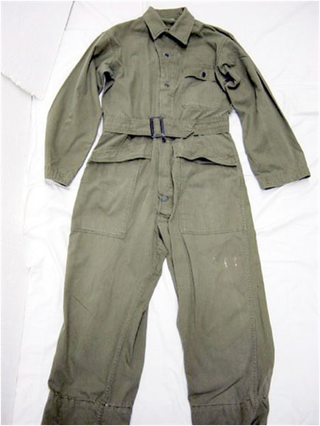
This is
the one piece HBT coverall which could be worn over other clothing to protect
it. The coverall features a series of 13 star metal buttons which close the
garment down to the waist. There are tabs at the wrist and ankles, and a metal
buckle belt to cinch the waist.
Wool Overcoat (Optional)

This is
the standard winter overcoat. Early versions showed brass buttons in a double
breasted configuration. Late war versions featured plastic buttons. The
overcoat was not popular with GI's owing to its propensity to absorb moisture
with corresponding weight, and its resemblance to the German greatcoat.
Raincoat or Poncho (Optional)

Original
WWII raincoats are difficult to find, however reproductions are being made. The
raincoat was made from a rubberized material and was not popular. GI's often
preferred to wear the '43 field jacket as protection from the rain. WWII
ponchos did not include a hood.
Unit Insignia

This is the triangle armored unit insignia. All WWII armored units used the same triangle with the difference being the division or battalion number. WWII patches are OD bordered and do not feature the "Hell on Wheels" tab attached to the triangle. This insignia would be worn on the left sleeve of the wool shirt and tunic or on the left chest of the HBT coverall.
Click here for WWII GI Attire Part 2